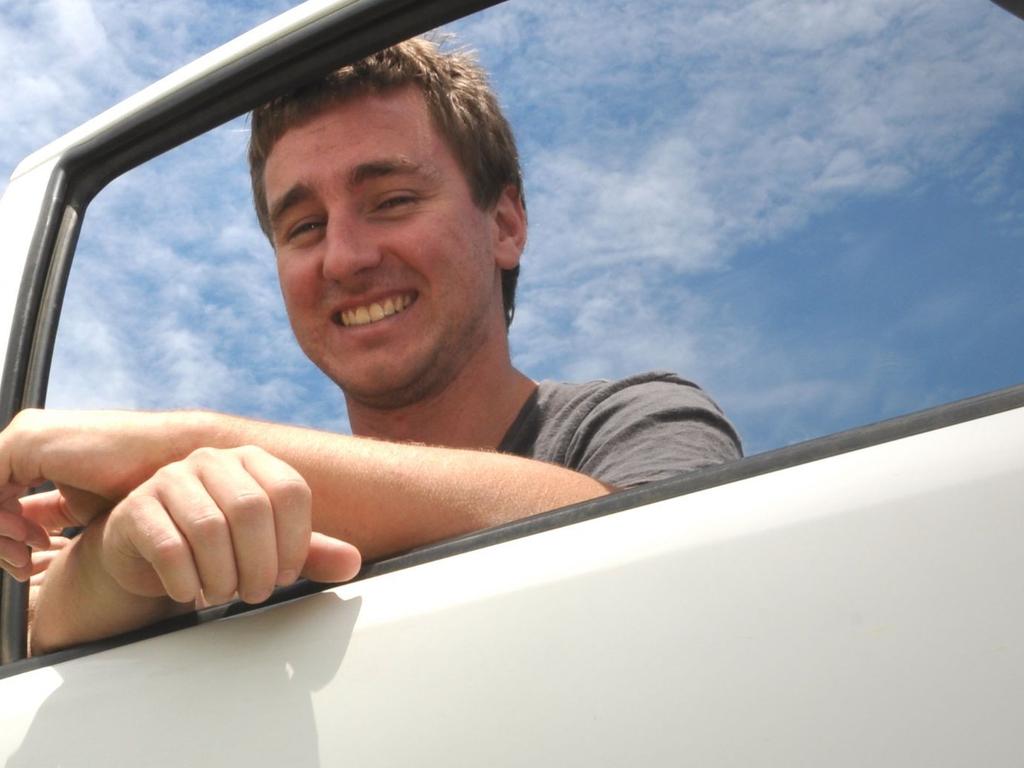Santos planning ‘carbon sink’ at Moomba to reduce emissions
Santos is devising a giant scheme to strip out and bury carbon from gas supplies in the South Australian outback.

Santos is devising a giant ‘‘carbon sink’’ scheme where it can offer energy operators the ability to strip out and bury carbon from their gas supplies at its Moomba hub in South Australia as the industry seeks to accelerate efforts to lower pollution from their fossil fuel operations.
With an investment decision on its Moomba carbon capture and storage project due by the end of 2020, Santos is working on a plan to decarbonise third-party gas which flows through the plant for producers and pipeline operators seeking to cut their carbon exposure.
Onshore gas from the Northern Territory is emerging as a big new supply source for users on the nation’s east coast. That may include a planned $1bn-plus gas pipeline backed by Macquarie delivering gas from the NT’s Amadeus Basin near Alice Springs to Moomba by 2024.
“If Moomba becomes a carbon sequestration hub where we capture all the CO2 emissions that otherwise would be vented, then everybody’s gas supply that goes through there can then be re-injected into the ground,” Santos chief executive Kevin Gallagher said.
“That would have a very substantial impact on Australia’s emissions reduction strategy going forward.”
The Santos’ carbon capture and storage venture with BP would initially reinject 1.7 million tonnes of carbon dioxide annually when separating gas from Cooper Basin fields at Moomba but can be massively expanded with the potential to store up to 20 million tonnes a year for up to 50 years. That could attract both gas supplies and also big industrial manufacturers that want to reduce and bury their carbon emissions underground.
“The bottom line is we’re saying to anybody who is building a pipeline we’re open for business at Moomba. So now what we’ll do instead of venting the gas is basically just drying it and compressing it and sticking it along the pipeline and into the wells back into the reservoir it came out of. So by utilising existing infrastructure, it gives us the ability to do this at a relatively low cost.”
Santos estimates the cost of abatement is $26 a tonne but even at those relatively low levels Citi said the project is an $82m drag on a net present value, based on a $15 a tonne price it would receive through the Clean Energy Regulator’s Australian Carbon Credit Units scheme.
One lever Santos hopes to pull is to be able to earn revenue on the European carbon market where prices are three times higher than Australia.
“We have lots of foreign investors who want to invest in this project and of course they’d be keen for their own market to qualify,” Mr Gallagher said. “If European carbon credits would qualify, they’re almost three times the price of Australian carbon credits and that is all the incentive you need to invest. It becomes a good earnings business.”
With global gas producers including BP and Shell accelerating moves to cut carbon emissions from their operations, Australian producers are facing investor pressure to boost efforts to slash pollution.
Woodside Petroleum plans to add a carbon capture facility to its $US20.5bn ($33.7bn) Browse LNG project while Chevron aims to cut emissions by 40 per cent at its $2.5bn underground carbon capture and storage project at WA’s Gorgon project.
Santos also faces its own pressure with Citi expecting the producer will be above its emissions baseline when its Barossa gas project in northern Australia comes online in the next few years.
“The sanctioning of new carbon-intensive projects will come under greater scrutiny as companies embark along their journey to carbon neutrality,” WoodMac senior analyst David Low said.
“Projects in Australia such as Woodside’s Browse and Santos’s Barossa developments will need to have considered a tangible plan to offset carbon before taking a final investment decision.”






To join the conversation, please log in. Don't have an account? Register
Join the conversation, you are commenting as Logout